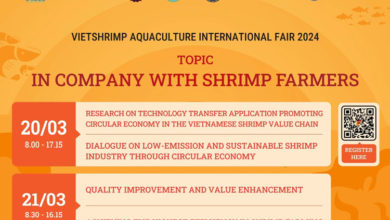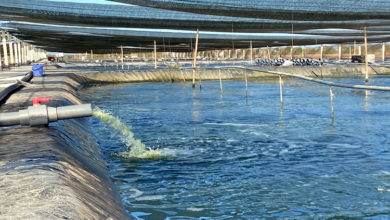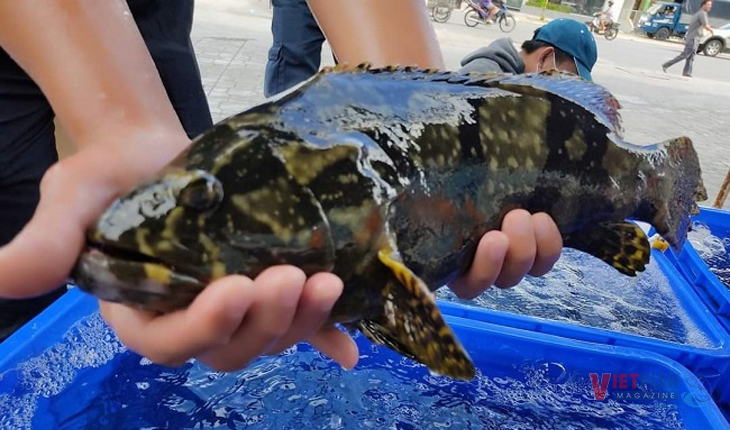Remove bottlenecks to change traditional marine culture to industrial culture
Vietnam’s marine culture has not been developed commensurately to the potential due to obstacles.
At the Seminar “Marine culture, changes tradition into industry” in Bình Định on February 14, Trần Công Khôi, Deputy Director of the Department of Aquaculture (under the Directorate of Fisheries) said that Vietnam has as many as 500,000 ha of land for marine culture, with 153,000 ha of nearshore, 79,790 ha of gulf and bay, and 100,000 ha of offshore area.
However, as of 2022, the country just has 85,000 ha of marine culture, producing 750,000 tons of seafood. By the end of 2022, Vietnam had about 7,447 marine culture facilities with 248,768 cages and rafts. As many as 6,506 facilities are located nearshore and three miles away from the shore; and 914 facilities are located 3-6 miles away from the shore, with 4,299 cages and rafts. Just 27 facilities are located offshore, over 6 miles away from the shore, with 137 cages and mainly in Cà Mau. However, 99.9% of Vietnam’s marine culture models are small and most of them apply old-school technologies with potential risks and environmental negatives.
According to Doctor Võ Sĩ Tuấn, member of Vietnam’s National Council for Science and Technology policy, traditional marine culture doesn’t follow the planning, wooden rafts are full of potential risks and environmental negatives. For example in Phú Yên, farmers lost 70 billion dong just in one night because the lack of oxygen in water caused a massive death of lobsters. Thus, the solution must be changing the farming technique and technology.
According to experts, marine culture fails the planning and specifications; there is no procedure for the registry of marine farming facilities and models, insurance for marine farming facilities is not available; and human resources are insufficient; there is no supporting policy for marine culture development; and broodstock production is limited.
According to Trần Công Khôi, in 2023, functional institutes will build a scheme connecting marine culture with other economic sectors so as to take advantage of the infrastructure and support marine production. Businesses will be encouraged to perform various fields such as marine culture in association with tourism. Potential species will be paid attention such as marine fish, mollusk, and lobsters in places with favorable natural conditions. Advanced science and technologies will be applied to create high quality products to add value and satisfy the domestic and international demand.
According to Trần Đình Luân, General Director of the Directorate of Fisheries: “The Ministry of Agriculture and Rural Development and the Ministry of Natural Resources and Environment will recommend some adjustment in the Decree 11 and propose the Government to approve the Decree 67 related to the mechanism and policies of marine culture. These two ministries will work together to remove obstacles in marine culture development”.
VFM






